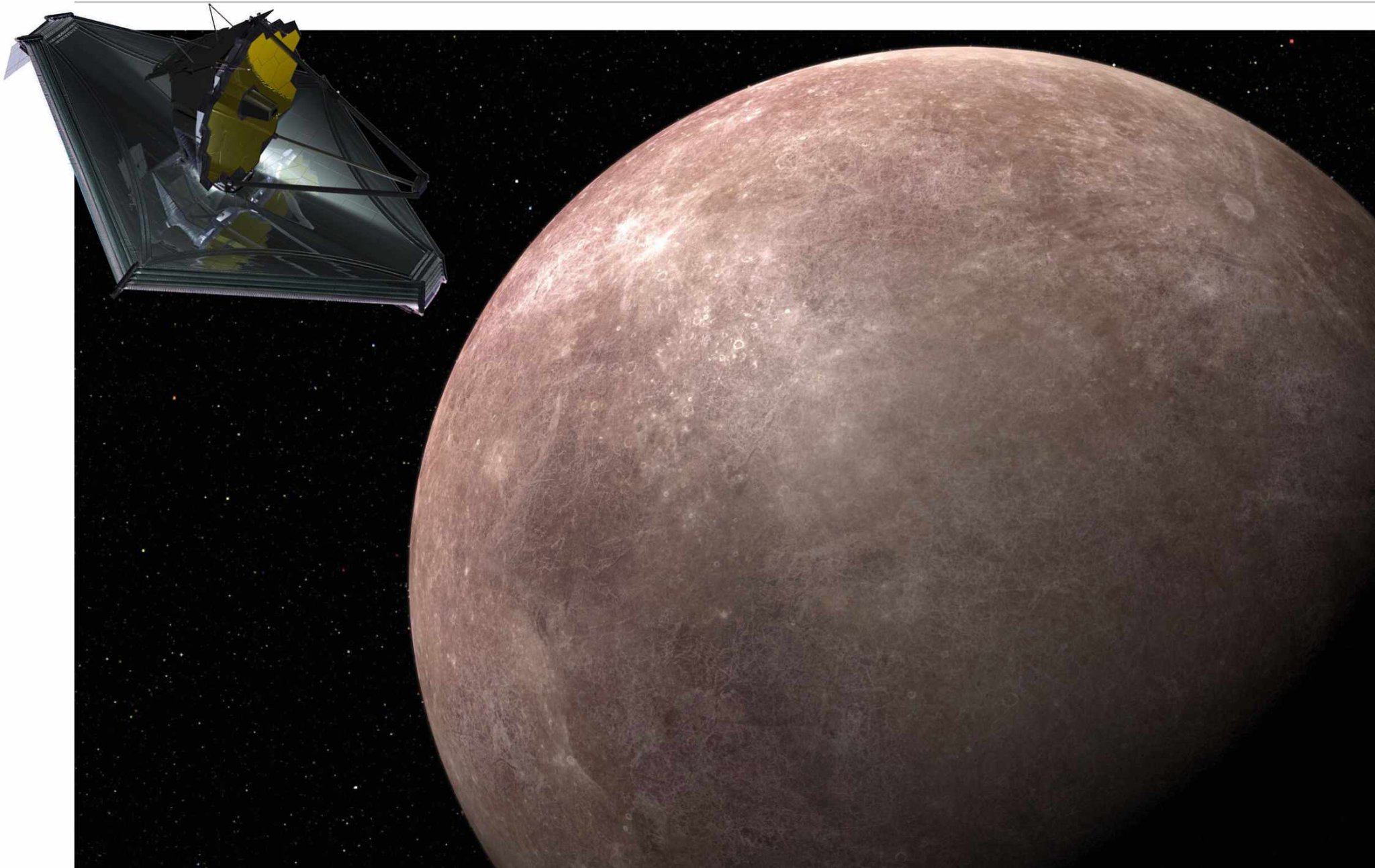New world is almost exactly the same size as Earth

A new era of exoplanet exploration could be about to begin after the James Webb Space Telescope has confirmed its first exoplanet. The world, LHS 475 b, is located 41 lightyears away and is around the same size as Earth but takes just two days to orbit its star.
The planet was initially selected from a catalogue of interesting targets discovered by NASA’s Transiting Exoplanet Survey Satellite (TESS) that hinted at the presence of a small, rocky world. Previous efforts have concentrated on targeting planets larger than Jupiter, as most telescopes are unable to observe smaller planets in detail. But JWST’s Near-Infrared Spectrograph is sensitive enough to make out the tiny dip in light caused by the planet passing in front of its host star. The observations confirmed the planet’s presence and measured it to be 99 per cent the size of Earth.
LHS 475 b is incredibly close to its host star, travelling around it in just two days. Fortunately, the star is a red dwarf. These stars have surface temperatures half that of our Sun as well as being dimmer, making it easier to measure the dip in light from a transiting exoplanet. JWST’s measurements found the planet was still a few hundred degrees warmer than Earth, meaning it could potentially host an atmosphere. However, these first observations were unable to conclusively confirm if an atmosphere was present.
“There are some terrestrial-type atmospheres that we can rule out,” says Jacob Lustig-Yaeger from Johns Hopkins University, who co-leads the study. “It can’t have a thick methane-dominated atmosphere, similar to that of Saturn’s moon Titan.”
It is possible that the planet has a carbon dioxide atmosphere, similar to Venus. “Counterintuitively, a 100% carbon dioxide atmosphere is so much more compact that it becomes very challenging to detect,” says Lustig-Yaeger.
The team has already secured additional observing time this summer to obtain more spectra, which will hopefully allow them to distinguish between a planet with a pure carbon dioxide atmosphere and no atmosphere at all.
“We’re at the forefront of studying small, rocky exoplanets,” says Lustig-Yaeger. “We have barely begun scratching the surface of what their atmospheres might be like.”